OM System OM-1 camera: Tested

Adventure and wildlife photography and video are probably the most demanding types of image-taking, both on the photographer/videographer themselves, and also on the camera and its lenses. This is simply due to the fact that those memorable shots are usually taken in the most demanding conditions, whether that is wind, rain, snow, dust, or humidity. That means that said camera needs to be able to withstand rugged conditions (and accidently rough treatment) while continuing to produce images. Oh, and for hikers, bikepackers, outback tourers and paddlers, the smaller the better too. This size-down request comes with a caveat: this seemingly impossible small, tough, image maker needs to still produce top-notch images, each and every time. It is in answer to this challenging set of demands that OM System (formerly Olympus) released its mirrorless OM-1 camera in late 2022, timed perfectly with the 50th anniversary of the original, highly regarded, Olympus OM-1 film camera (and you’ll notice the retained ‘Olympus’ badge for this, as well).
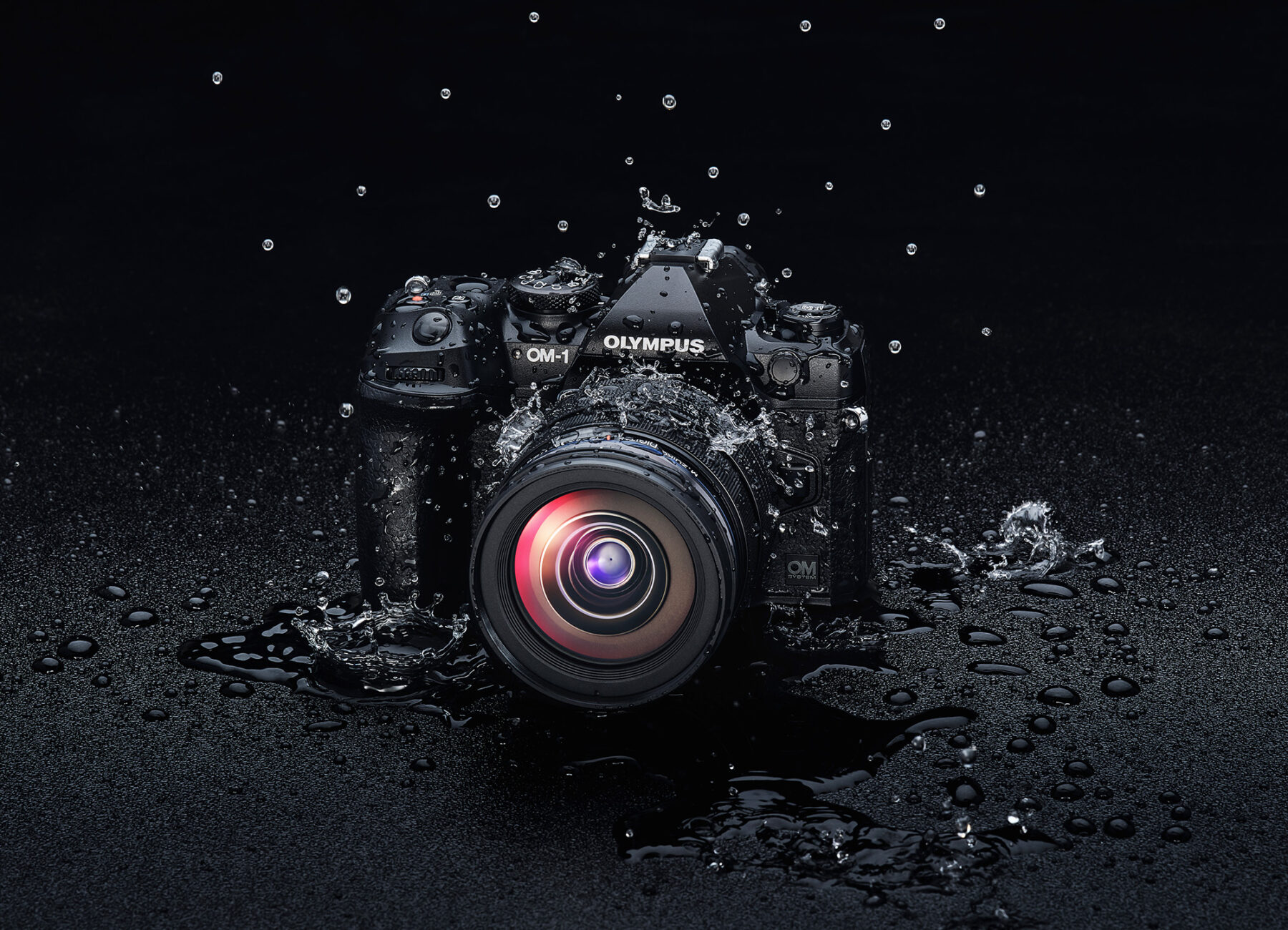
The ad campaign for the OM-1 was totally focused on how this small camera is so incredibly durable and reliable. But is it, really? We spent a month with an OM-1, looking at it from primarily a photographer’s perspective, covering off most of the testing conditions it is touted to be built for…
Design
The OM System OM-1 weighs in at just under 600g (with battery and two SD cards installed), is of primarily magnesium alloy construction, and includes a 20-megapixel micro four-thirds (M4/3) sensor. OM System has pushed this format size (it is approximately half the size of a full sensor) for many years, citing the smaller size allowing for much smaller camera bodies and camera lenses. The M4/3 sensor in the OM-1 is all-new, and is a stacked, back side illuminated CMOS sensor, allowing for faster processing time. The M4/3 sensor means you need to ‘double’ the lens numbers to see the equivalent in 35mm full-frame, i.e. an M.Zuiko 12-40mm f/2.8 PRO II lens is equivalent to a 24-80 ‘full-frame’ lens but is a hell of a lot smaller and much lighter.
The OM-1 is the only camera to offer an IP53 rating for protection against moisture and dust. IP53 can be broken down as this: the ‘5’ indicates the camera provides “partial protection against dust and other particulates, such that any ingress will not damage or impede the satisfactory performance of internal components; while the ‘3’ denotes the fact the camera is protected against water spray at angles of up to 60-degrees off vertical for a minimum of three minutes. In short, the OM-1 is close to bombproof and the only camera that offers such dust and water ingress protection you can buy today. The camera body is full of seals to ensure it is up to performing in any conditions. OM System also produces a series of PRO lenses that offer the same IP53 rating; during testing we used the M.Zuiko ED 12-40mm f/2.8 PRO II.
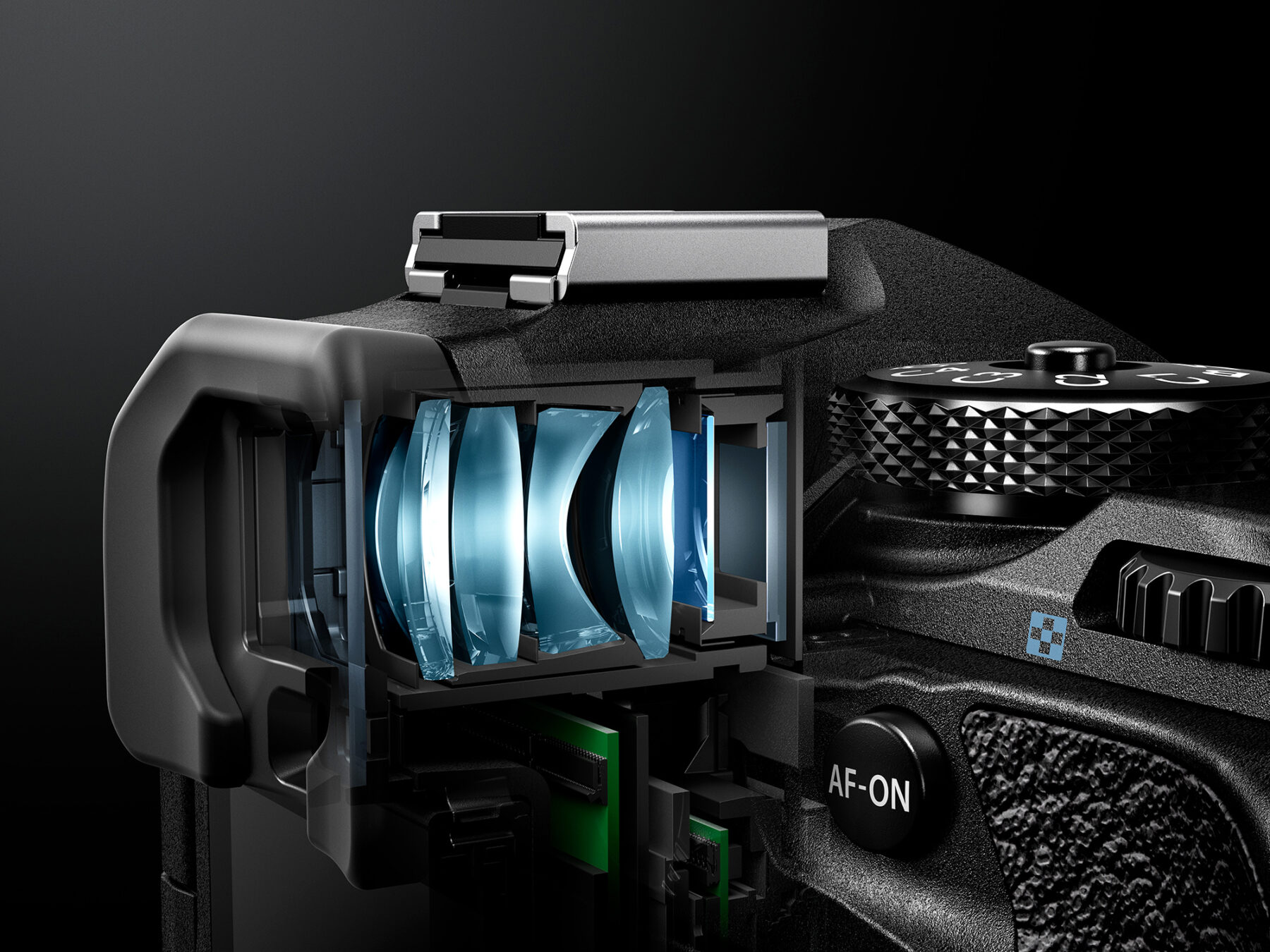
That robust camera body also hides a highly regarded image-stabilisation system (a claimed eight stops; lens dependent), a 5.76M dot electronic view finder (EVF) that offers blackout-free shooting, a three-inch 1.62M dot touch screen (fully articulating), and a monster quad-pixel auto-focus system that comprises 1053 cross-type points. And speaking of focus; there are a number of AF Subject Detection modes, covering cars, aircraft, birds, dogs, cats, as well as face and eye detection. To ensure it catches the fastest outdoor/wildlife action, its highest shutter speed is 50 frames per second with full auto-focus when using the electronic shutter, and with six of the Pro series zoom lenses (it drops to 25fps when used with other lenses – still very fast). The mechanical shutter offers a respectable 10fps.
Clever computational features in the OM-1 include a Hand-held High Res shot mode which results in a 50-megapixel image, or a second High Res mode which requires use of a tripod but produces a whopping 80MP image. Other very handy computational goodies include the Live ND mode, that replicates a N64 (six-stop) filter, to attain those long exposure shots. There’s also the nifty Pro Capture, that allows you to start pre-recording images after a half-press down of the shutter button, just so you can minimise missing that ‘moment’. Add in a specific Starry Sky setting (for astrophotography) and focus stacking (great for macro work) and this mighty mite is seriously loaded with tech. The video features of the OM-1 are equally as impressive, being able to shoot in 4K (UHD or DCI ratio) at up to 60fps, includes both 8-bit H.264 and 10-bit H.265 modes and can also output Raw video.
The camera menu has been re-jigged from previous cameras, according to OM System, and it shows in the ease in which you can access settings. More help for this can be found via the Super Control Panel on the back touchscreen. The battery is claimed to offer 520 shots per charge, and there is a dual-battery charger accessory as well. The camera is recharged via USB-C (you can charge it using a portable powerpack this way).
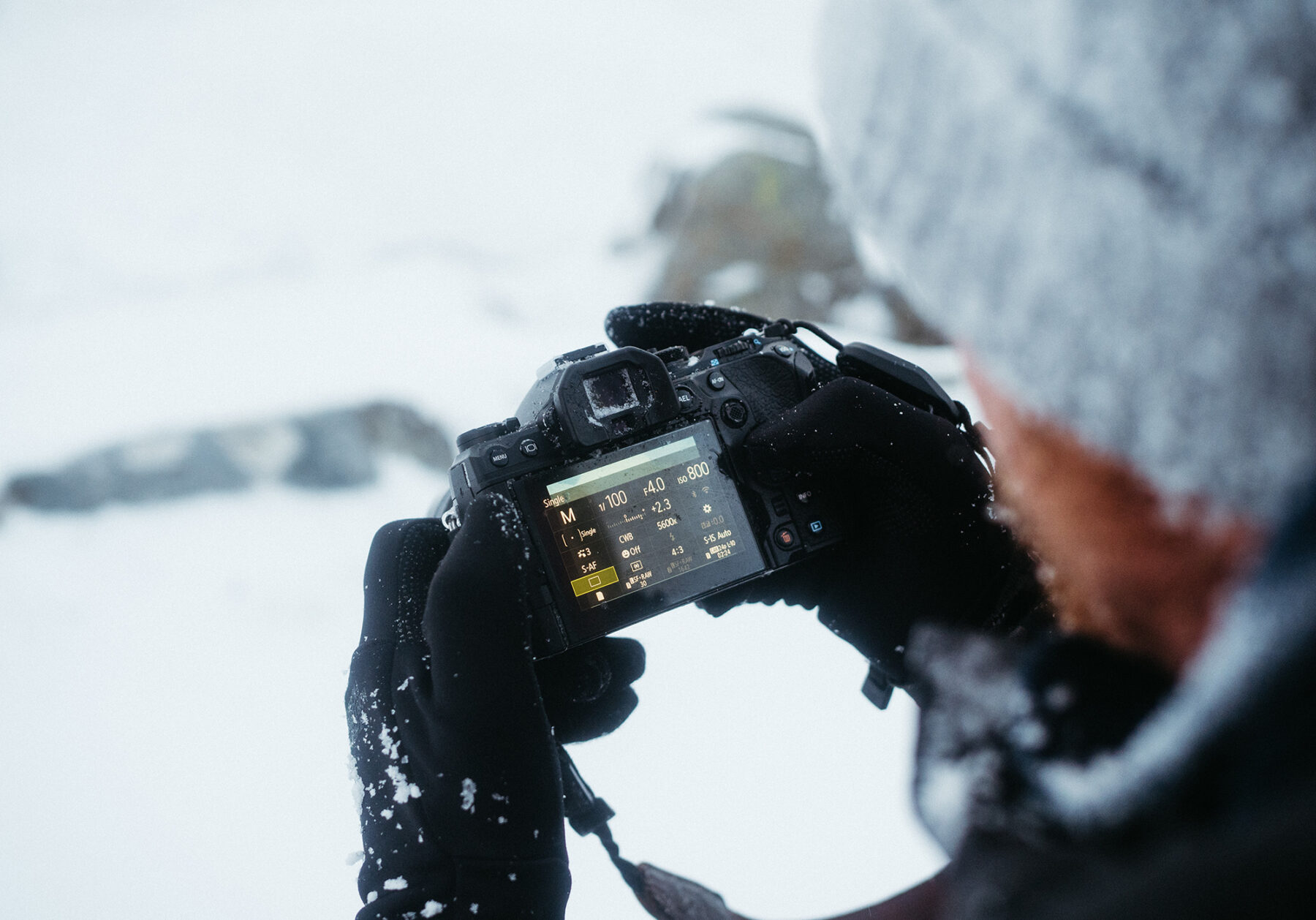
The buttons and dials on the camera body are easy to access and – considering the body’s overall diminutive size – they are not too small, either. The handgrip is also quite pronounced – a welcome feature for this ham-fisted tester. In the hand, with the M.Zuiko ED 12-40 f/2.8 PRO II lens, the camera feels substantial but light – especially when compared to this tester’s usual full-frame DSLR setup. Indeed, side-by-side, with lenses of equivalent zoom range, the OM System setup was nearly half the size, something that became more apparent, and more welcome, over the month of testing…
In the field with the OM System OM-1
The OM-1 was used for a variety of photography over the test period, with outdoor/adventure the primary focus. We only had the M.Zuiko ED 12-40 f/2.8 PRO II lens (incredibly sharp, as you’d expect from M.Zuiko glass), so wildlife photography was limited, although we did test Subject Recognition on some waterbirds at a nearby national park. In terms of fast action sports, i.e., mountain biking/cycling, the OM-1’s AF system performed very well. Occasionally it would lose the focus of a rider’s eye or face, but no more so than any other high-end focus system this tester has shot with over the years.
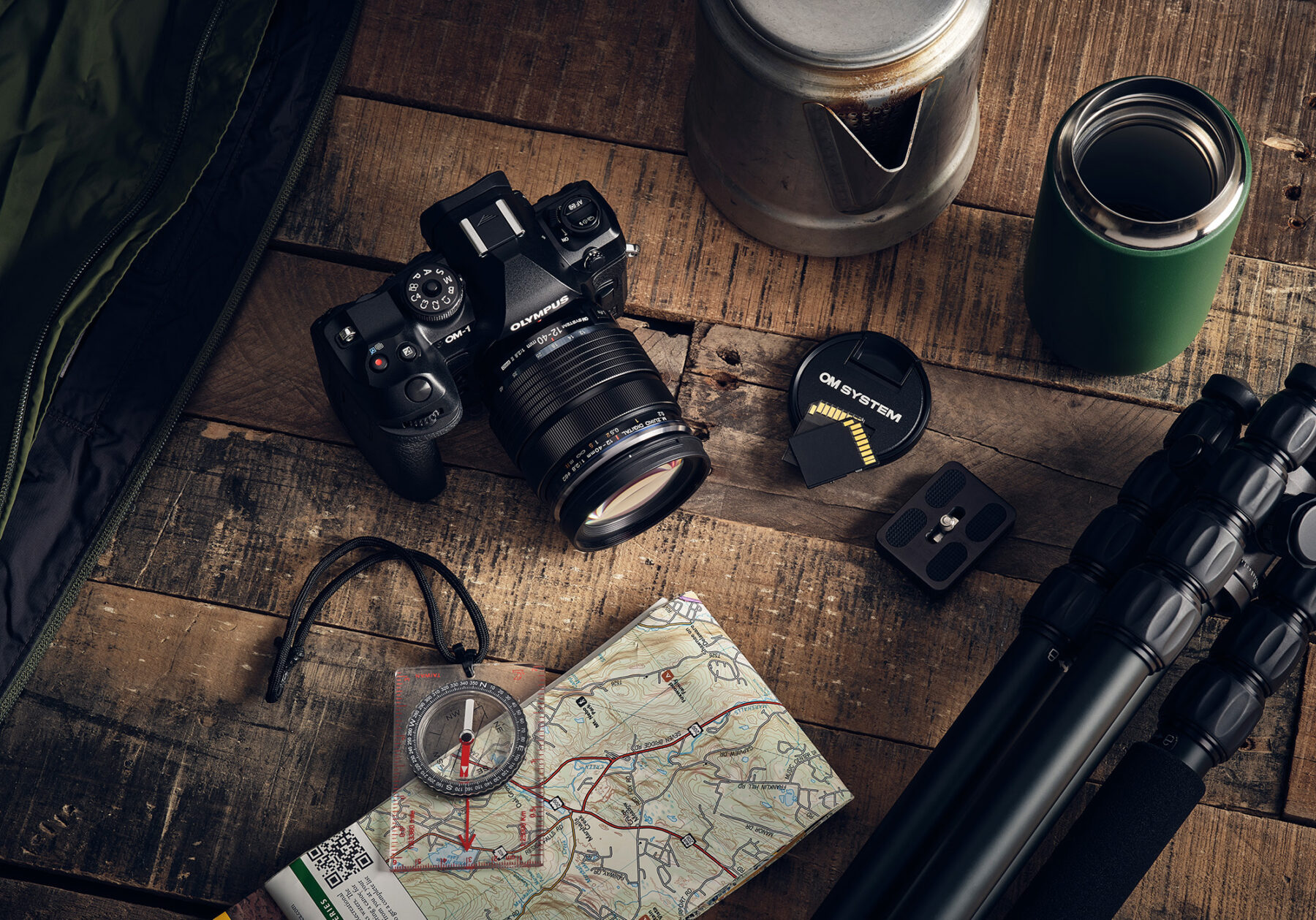
In low-light scenarios, and when using a higher ISO to help freeze the faster action, we found that digital noise (grain) was acceptable up to ISO 6400, albeit not at the level of a full-frame equivalent camera. We also noted that if you did under- or over-expose, then noise was more pronounced. In short, though, if you nail your exposure (as you should), you will be surprised at the image quality at high ISO. This is a revelation for those who, previously, would have dismissed a M4/3 camera for professional use; the high-ISO performance is generally good, and when combined with ability to ‘fix’ excessive noise with programs such as Adobe Lightroom, it’s not an issue.
The new menu system is (even for this decades-long Canon user) relatively straightforward to access and work with. All the buttons and dials worked well in the field, with the ability to assign custom functions to some of them a boon when a quick change of settings was required. The sharp and bright EVF was great; when set to 120fps it was as close to an optical viewfinder as you can get.
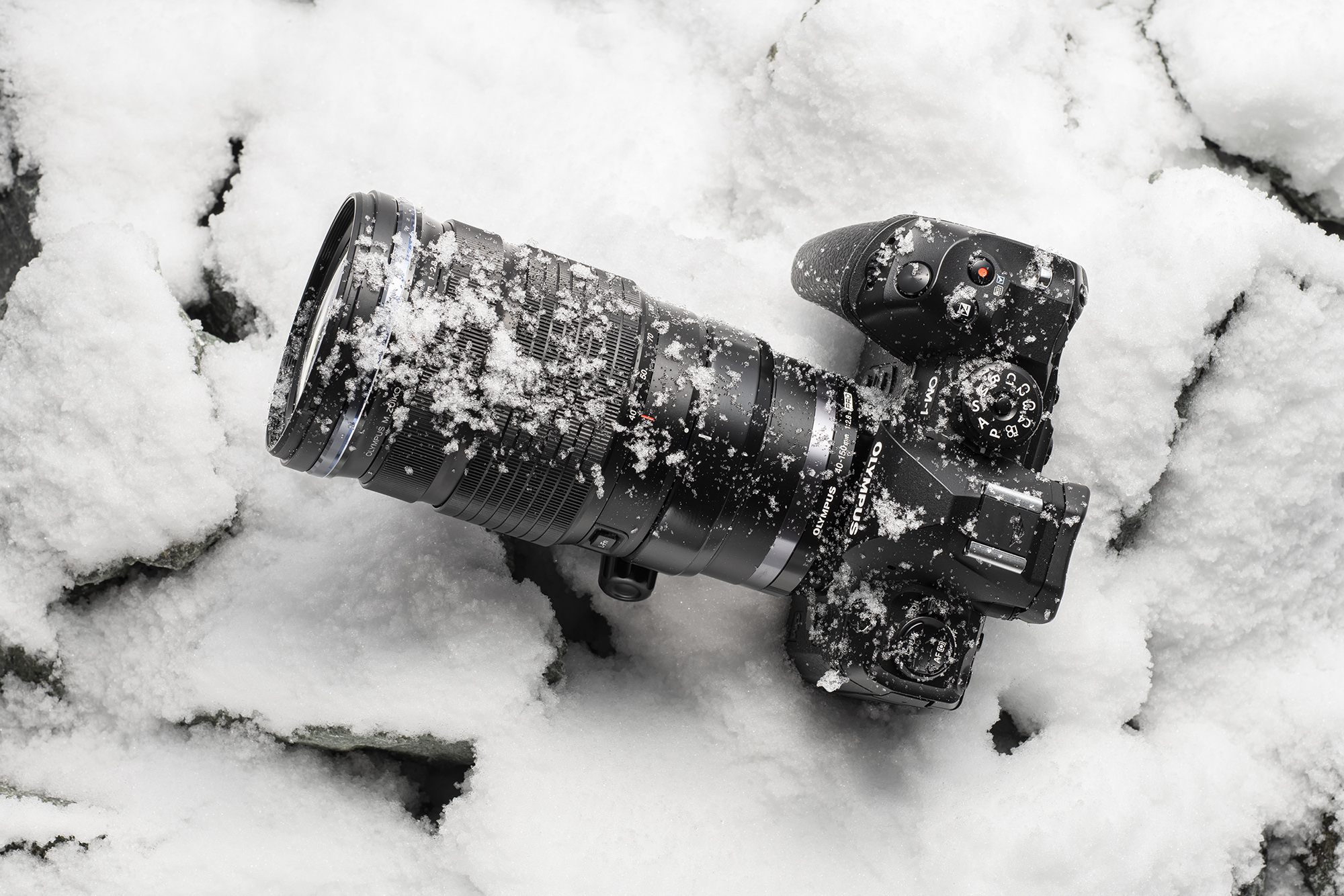
There were no concerns when the weather went sideways; that IP53 water/dust ingress rating proved itself during more than a few rainy shoots, as well as an accidental drop down a sand dune during testing. Of course, coming from a full-size DSLR system, the big thing (excuse the pun) is the dramatic drop in weight when carrying the OM-1 around. I did a quick calculation of the weight difference between an OM-1-based setup from OM System and an equivalent Canon setup and found the OM-1 setup to be 2.5kg lighter and far more compact. Both setups included fast glass (f/2.8) that comprised an ultra-wide zoom, a standard zoom and a telephoto zoom, which is what I use regularly for Aus Geo ADVENTURE. Impressive.
The final word on the OM System OM-1
For anyone who photographs adventure and wildlife (and anything else, really) and who is looking to save weight without sacrificing image quality, the OM-1 is a no-brainer. The camera’s light weight, combined with its top-tier weather-sealing, wide choice of lenses (some of which are IP53 rated as well) that are smaller, lighter, and cheaper, and it’s hard not to see any downsides.
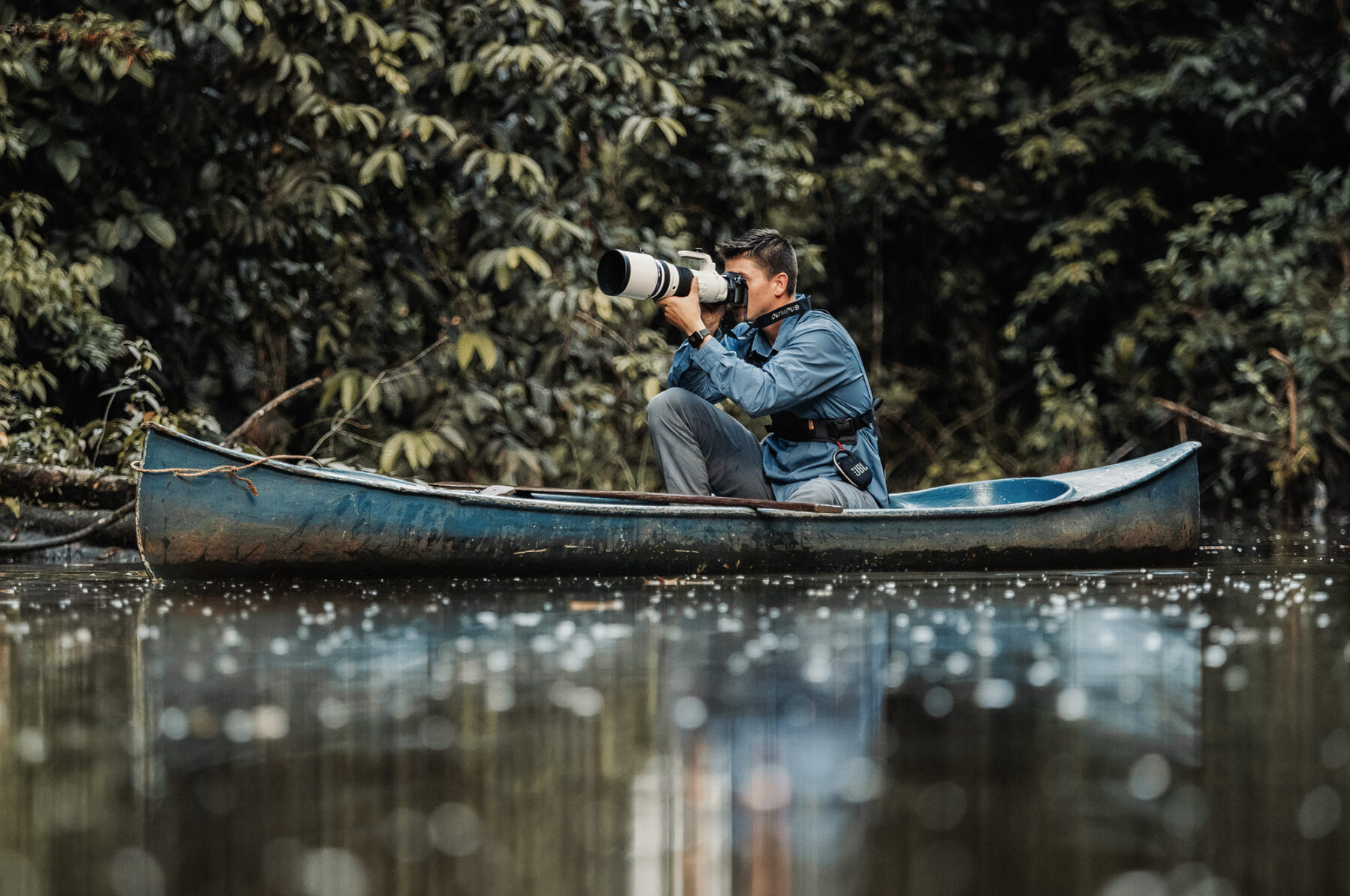
For pixel-peepers (those who obsess over the slightest noise or exposure issue when an image is viewed at 100 per cent) you may want to stick with a full-frame system but, as mentioned earlier, noise in photos is less of an issue than it ever was. The other ‘sort-of’ negative is that, if you are already heavily invested in a camera system (as this reviewer is), then it is a bigger ask to change over, although one that is offset by the fact that the OM System lenses are generally cheaper compared to a full-frame equivalent with no loss in quality. This is especially notable in the M.Zuiko PRO lens range.
In terms of video, we did minimal testing of the OM-1’s video capabilities but have spoken to a couple of OM System pro videographers, who have produced videos for international and national clients, and they have been very happy with how the OM-1 produces moving imagery.
Overall, we would consider the OM-1 an absolute go-to for any aspiring (or long-term) adventure and wildlife photographer and videographer. That oft-overused cliché of punching above your weight applies directly to this small brawler of a camera; anyone who invests in the OM-1 will be rewarded with a reliable, tough camera that produces great images and footage.
RRP: $3299 See OM System for more info on its full camera and lens range.




